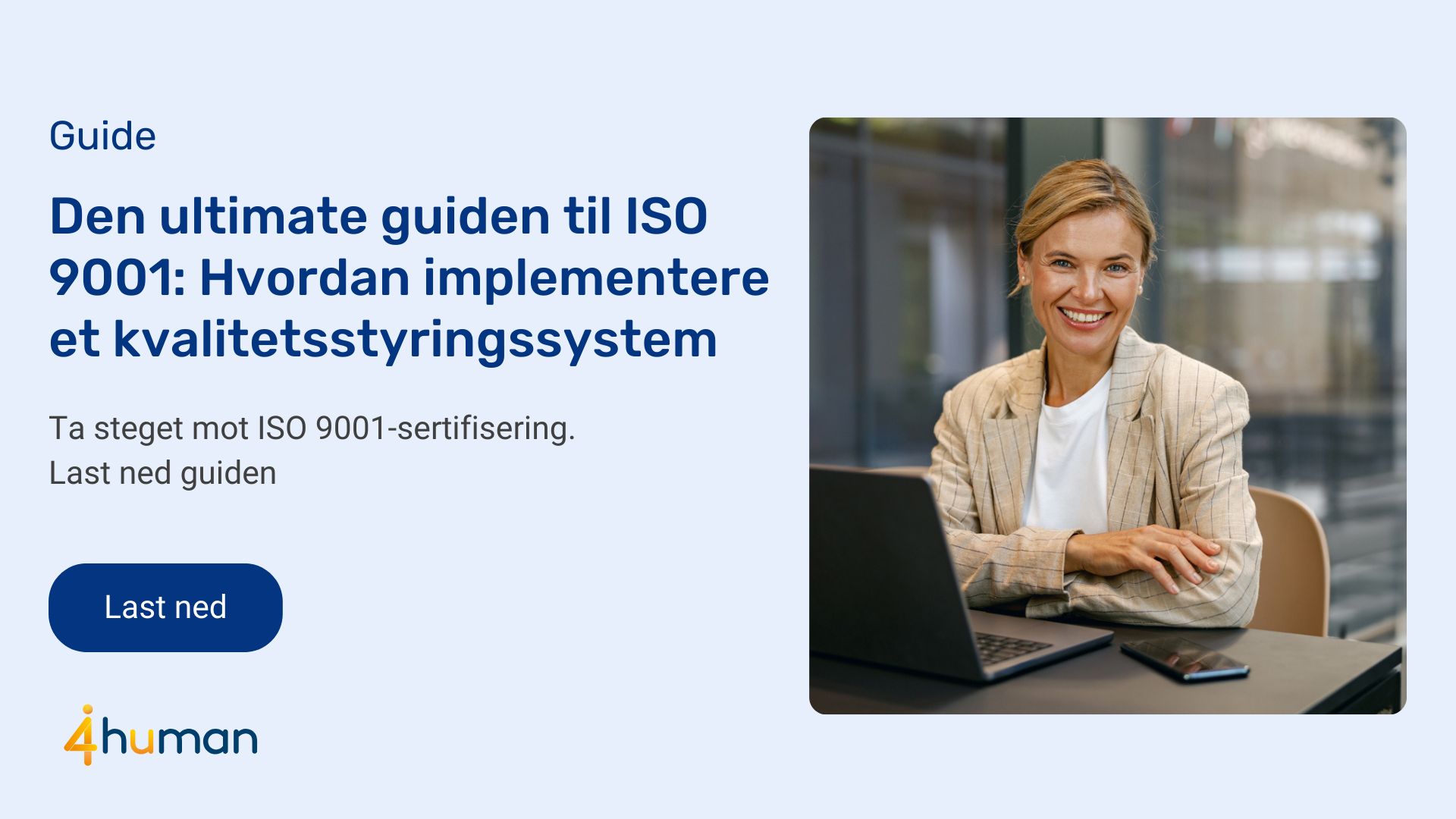World Quality Day 2024 - 4 essential takeaways

This event brought together participants from a variety of industries to explore how good risk management can contribute to better goal achievement and more sustainable growth.
Throughout the day, we gained useful insights from experienced industry professionals who shared their perspectives on how risk management can work in practice, and which factors are crucial for a successful risk management strategy.
We summarize some of the most important lessons we took away from the day:
1. Build a good risk culture – and start with management
One of the clear key points from the event was that effective risk management starts with a strong risk culture, embedded throughout the organization.
To build such a culture, clear communication and a clear understanding of roles are essential.
The role of management here is essential: they must not only support risk management as a formal tool, but actively lead in integrating risk management as a natural part of the organizational culture.
When management sets the standard, it becomes easier for employees to understand and engage in risk management processes.
2. Integrate risk management into all levels of the organization
Another insightful lesson from the day was that risk management works best when it is integrated into all levels and processes – from strategic management to operational decisions.
This is especially important in complex projects and larger organizations, where risks can often be numerous and varied.
Integrated risk management provides better conditions for understanding how risk can affect both goal achievement and daily activities.
This integration ensures that risk management does not just become an “occasional task” – it instead becomes a natural part of how the organization functions.
3. Systematic decision support through risk management
For many of the participants, it was clear that risk management also provides valuable decision support.
With a good risk management system, managers can make decisions that are both safe and based on a solid information base.
Risk management tailored to the organization's goals, values, and structure provides a useful frame of reference that allows risks to be assessed early and thoroughly.
When risk management is prioritized, it not only provides answers to potential challenges, but also tools for understanding the necessary measures and resources that need to be put in place.
4. Quality management that drives sustainable growth
An important insight from World Quality Day 2024 was the importance of quality management in building a strong foundation for sustainable growth.
Quality management is not just about delivering products and services that meet customer needs – it is a driving force for continuous improvement and risk management.
By integrating quality management into the organization's core processes, companies can reduce uncertainty and improve both operational efficiency and customer satisfaction.
Good quality management helps businesses proactively manage risks and ensures they have the right processes in place to meet challenges in an increasingly complex business landscape.
In summary
In summary, World Quality Day 2024 gave us valuable professional insight and concrete tools to develop our approach to both risk and quality management.
Want to know more?
To support organizations looking to improve their quality management processes, we have created an implementation guide that provides practical tools and approaches to strengthen your organization's quality systems.
Download the guide here 👇
Related posts
4human is a valuable partner in information security – Villa Skaar
In a world where technology is constantly evolving and digitalization is reaching new heights, information security is becoming increasingly important....
Free guide and checklists
Now you can download guides and checklists. We have put together and created downloadable guides and checklists for use by you and your company....
Courses and webinars open for registration!
Dates and registration for winter/spring courses and webinars 2023 are now available. We offer our existing customers and new customers courses and webinars for...



